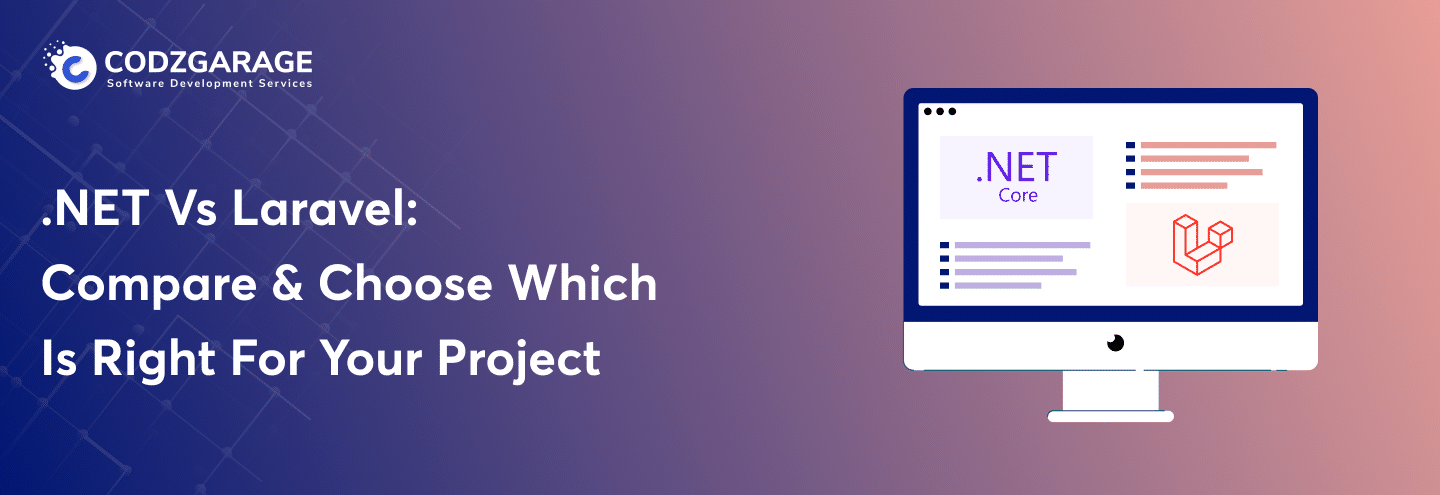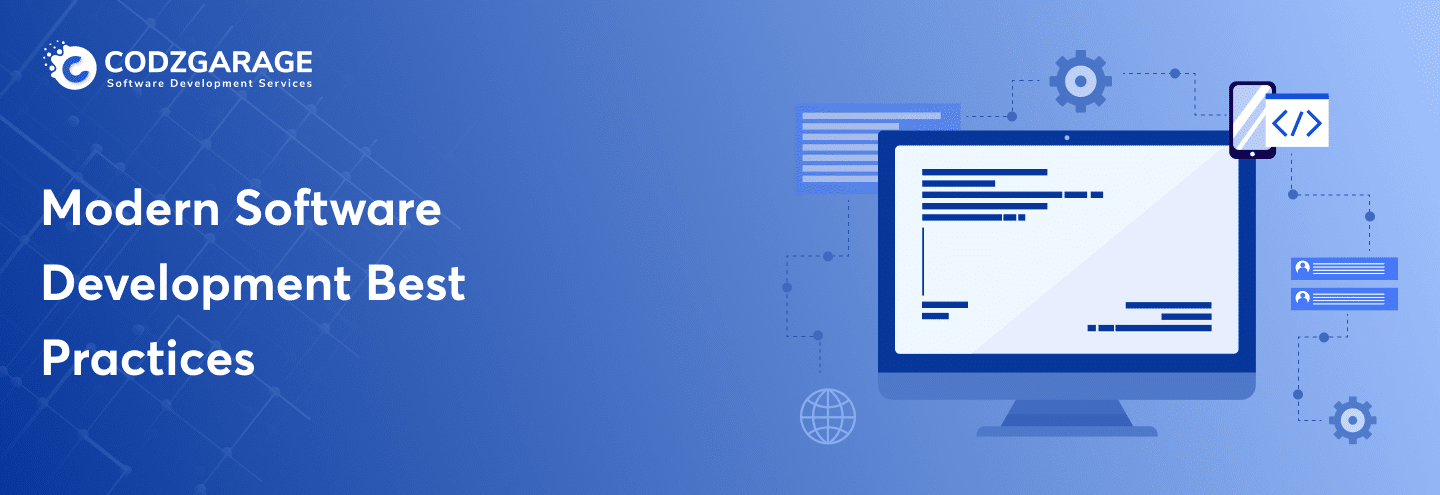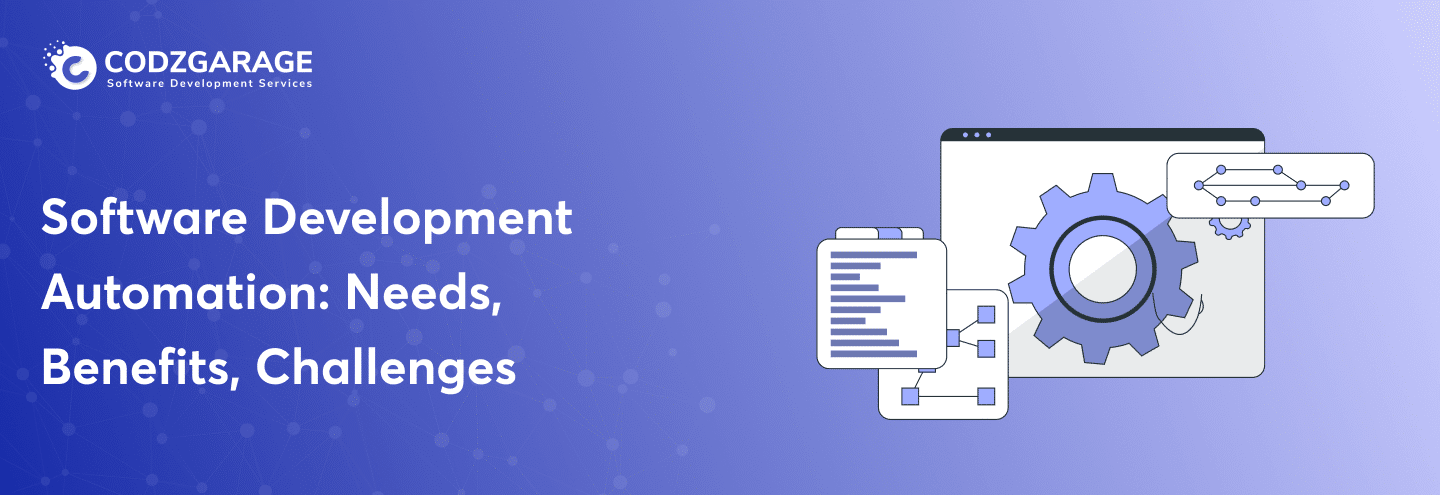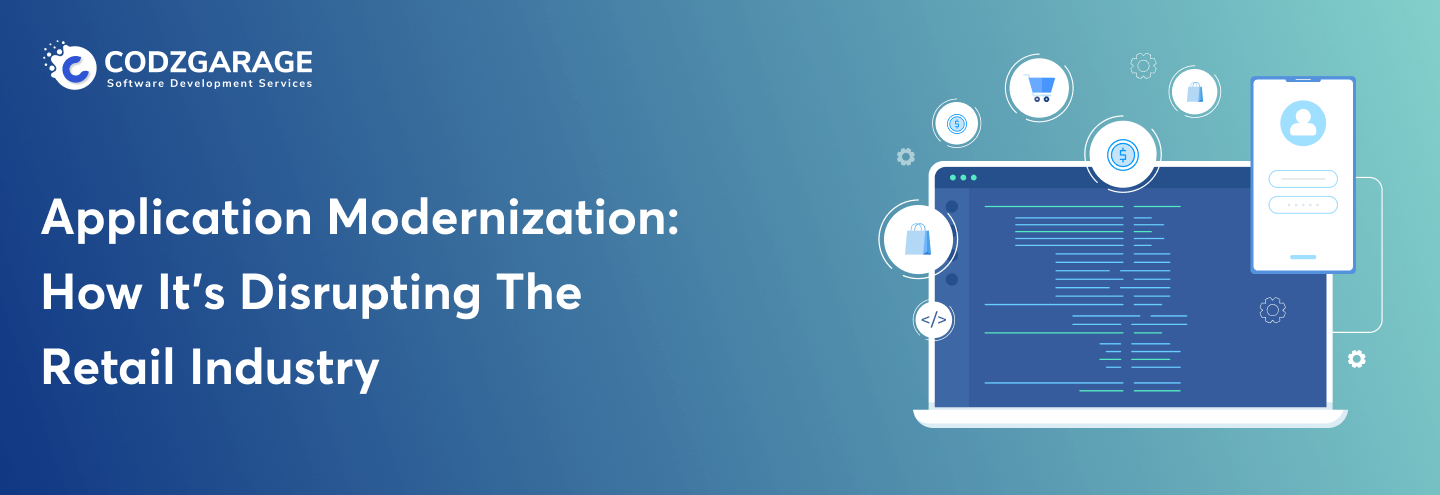Software Development Models & Methodologies You Should Know
There are some factors that ensure project success. Software development models & methodologies are one of them. Before approaching your tech partner, understanding these terms in detail will help you build a robust app and software for your business.
A roadmap is something that keeps you from wandering in between any project you work on. When it comes to the software development life cycle, the software development models play a significant role. This is something that shows the ways to navigate through even complex software development projects with ease.
Now, there are above 50 software development models and methodologies that are being used in the tech industry. However, the SDLC exists in massive numbers; no one is either good or bad completely for a project. Whether or not a lifecycle would be proved to be good or bad depends immensely on the project; hence, choose wisely.
Codzgarage is a top-rated mobile and web development company with a good track record of migrating legacy applications. Contact us with the project, and we will help you migrate the system into your desired platform.
Since there is a multitude of software development models available out there, you’re likely to be over the map when choosing one of them. Hence, we, using our years of experience, have pointed out the top 6 software development lifecycle models that would be an ideal choice for your next project. Let’s explore them in detail!
Before moving any further, let’s get started from the basics first and know what a software development lifecycle model actually is!
What Are Software Development Models?
In short, the software or application development model is a way to define the process of software design and development. This determines the overall flow through which a project will be carried out. An SLDC further defines the way to create client-oriented software that aligns with the user’s expectations.
The software development models help the entire development team, including developers and testers, to build software that is highly effective and meets the user’s expectations. A software development life cycle eases and streamlines the procedure and enables you to develop software at a reduced cost.
Statistics Related to Software Development Methodology
As per Statista, in 2022, IT spent around $783 billion on enterprise software development. It’s a growth of 7.1 percent as compared to the previous year. The enterprise software development marketplace, similar to almost all sub-segments of the IT services industry, has experienced a skyrocketed growth during recent years, and is expected to continue to grow further as well.
Glance at the infographic below to have a better understanding!
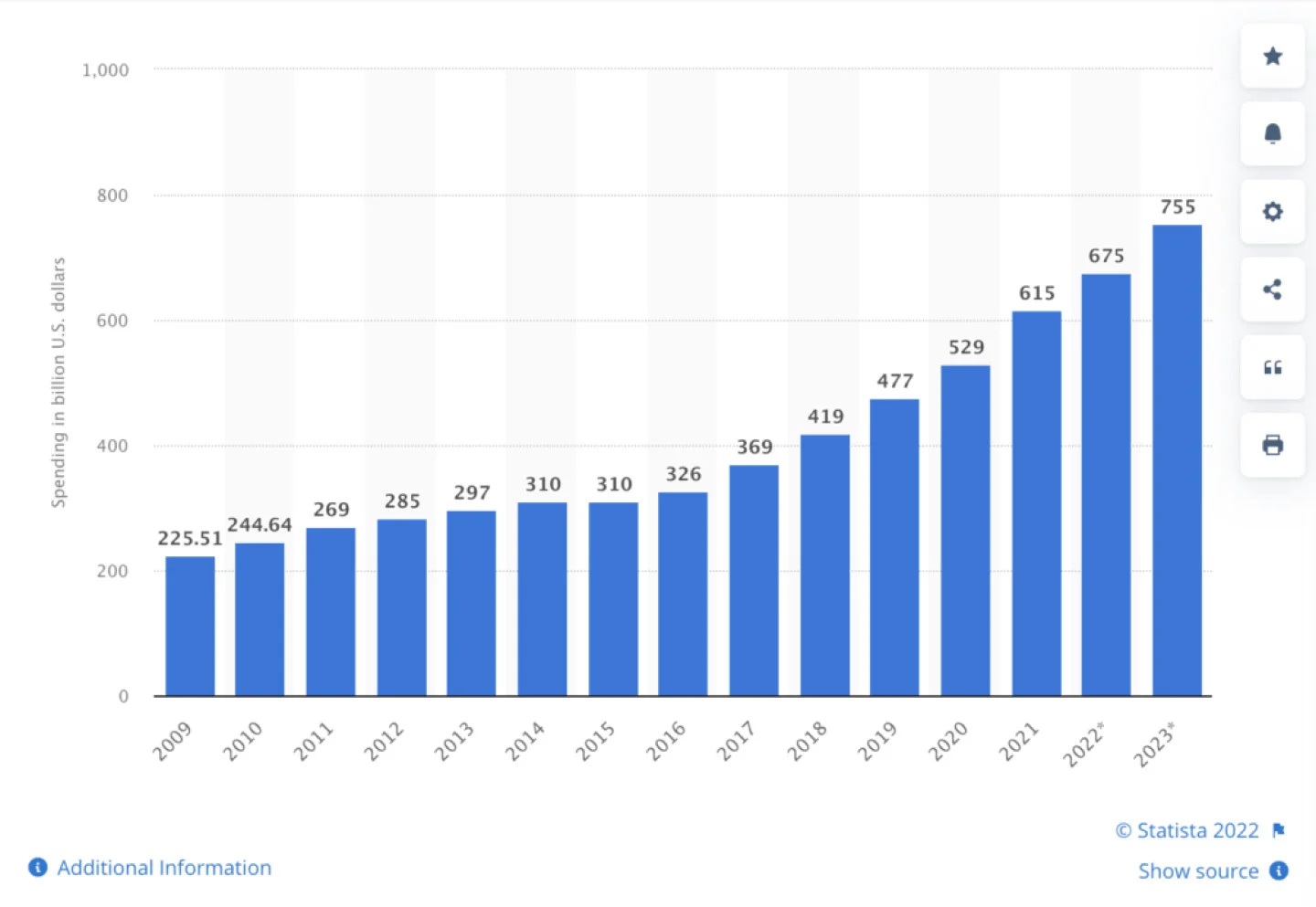
6 Types of Software Development Models
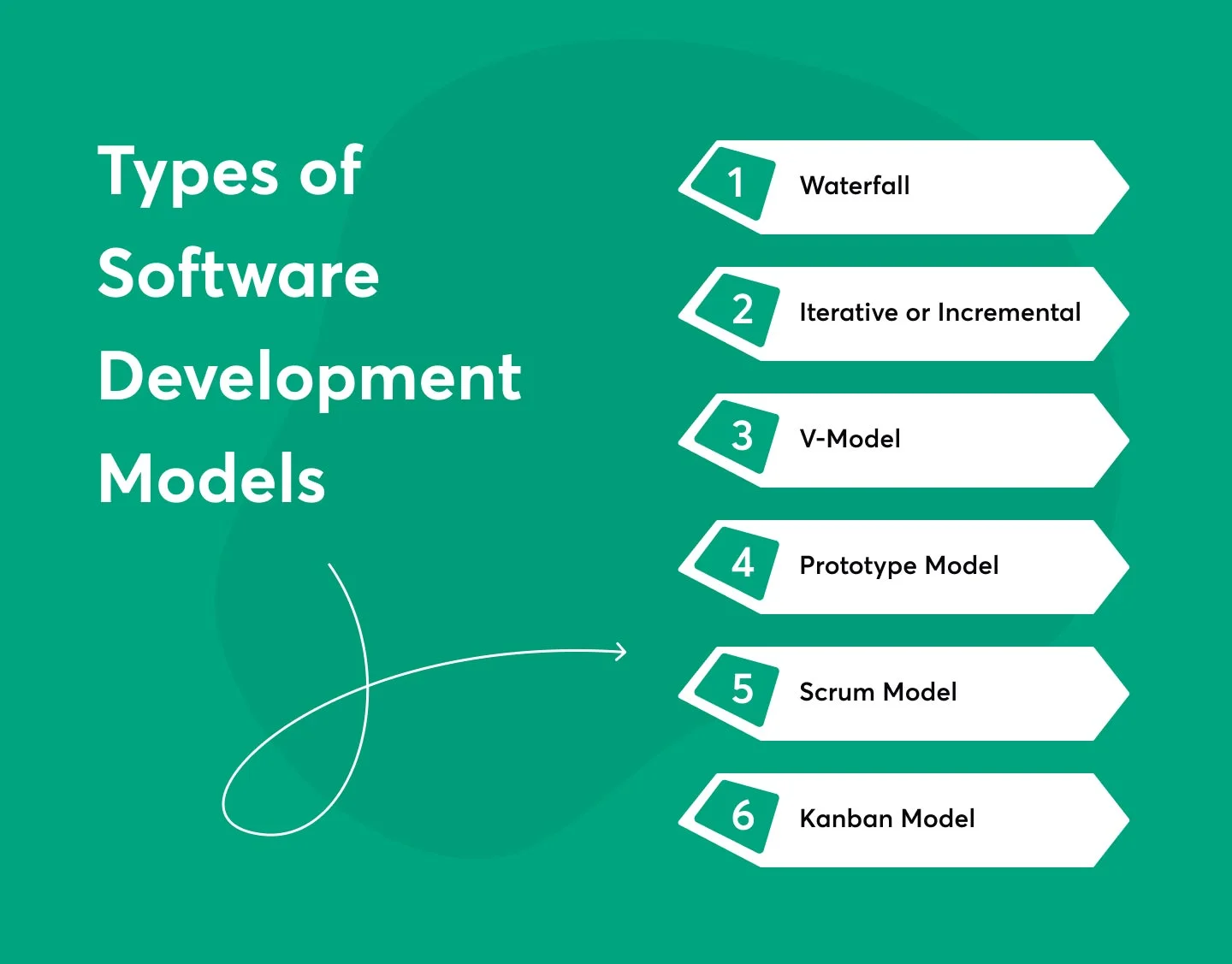
Let’s explore the top 6 software development lifecycle models to explore and know which one would be the right choice for your project. Note that a software development lifecycle chosen for your project lessens the cost and effort and streamlines the process, but for that to be possible, you need to select one that’s right for your project. Hence, you must have to be wise enough while selecting a software development life cycle model to allow you to make the process as easy and convenient as possible.
Waterfall Model
Being the first approach, the waterfall model in software engineering has significant prominence. As the name suggests, the waterfall method follows a movement down through the liners software development stage. It begins with analysis and goes through design, development, testing, deployment, and post-development maintenance.
This is a very old SDLC model in which the testing only starts after development gets accomplished. This sometimes leads to many bugs and failures that are reported at the very end of the project development. It enhances the cost of fixing those errors.
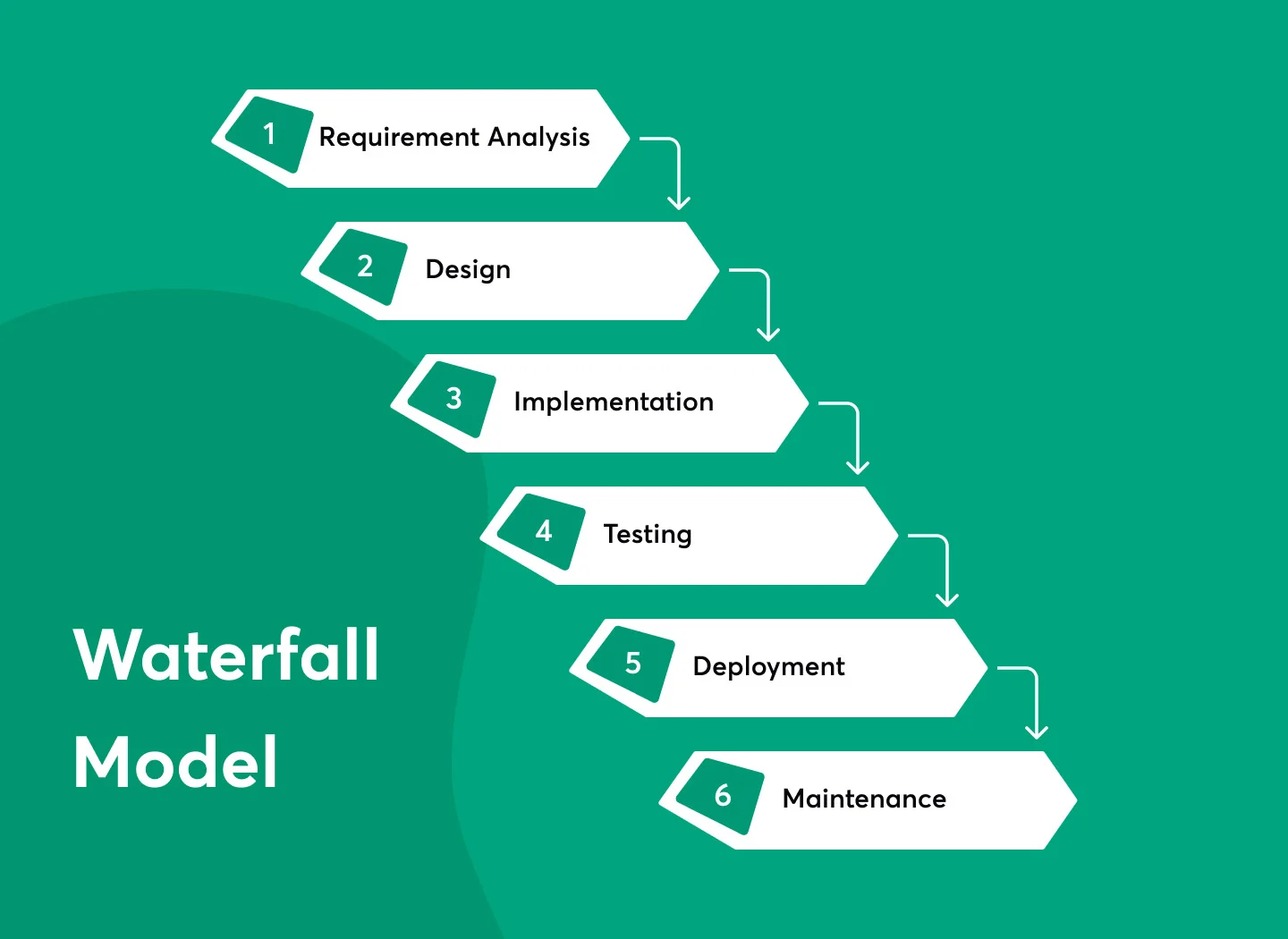
Waterfall Model: Key Factors
- The waterfall model is sequentially linear, which means the next step can’t begin unless or until the current stage gets completed.
- In the waterfall model, a stage only gets completed when the goal is met.
- You don’t have any flexibility in this model because there’s no get-back; hence, you can’t skip, backtrack, or overlap the stages.
- Even when there’s an error found in between the development, it can’t get fixed until the development procedure is finished.
- Bug fixes only after development lead to a huge enhancement in budget.
- Lacking flexibility makes the waterfall development model expensive and time-consuming compared to other models.
- In this, the requirements aren’t clear; hence choosing this model can be risky.
- The waterfall model shouldn’t be an ideal choice for long, complex, or ongoing projects in which flexibility is required.
Stages of Waterfall Model
- Analysis
- Design
- Implementation
- Verification
- Development
- Maintenance
When to Choose the Waterfall Model
Choose Waterfall software development lifecycle model when_
- You’re clear about the end result you want.
- You aren’t able to change the scope of a project once it starts.
- You aren’t in conflict with what needs to be done.
Iterative or Incremental Model
The iterative model, similar to other software development lifecycle models, was built to put an end to the shortcomings of the Waterfall model. It begins with planning and ends with deployment. As the name suggests, the Iterative model includes repeated cycles through the process. However, the software development procedure starts with a small set of requirements, and a new set of requirements is added with each cycle.
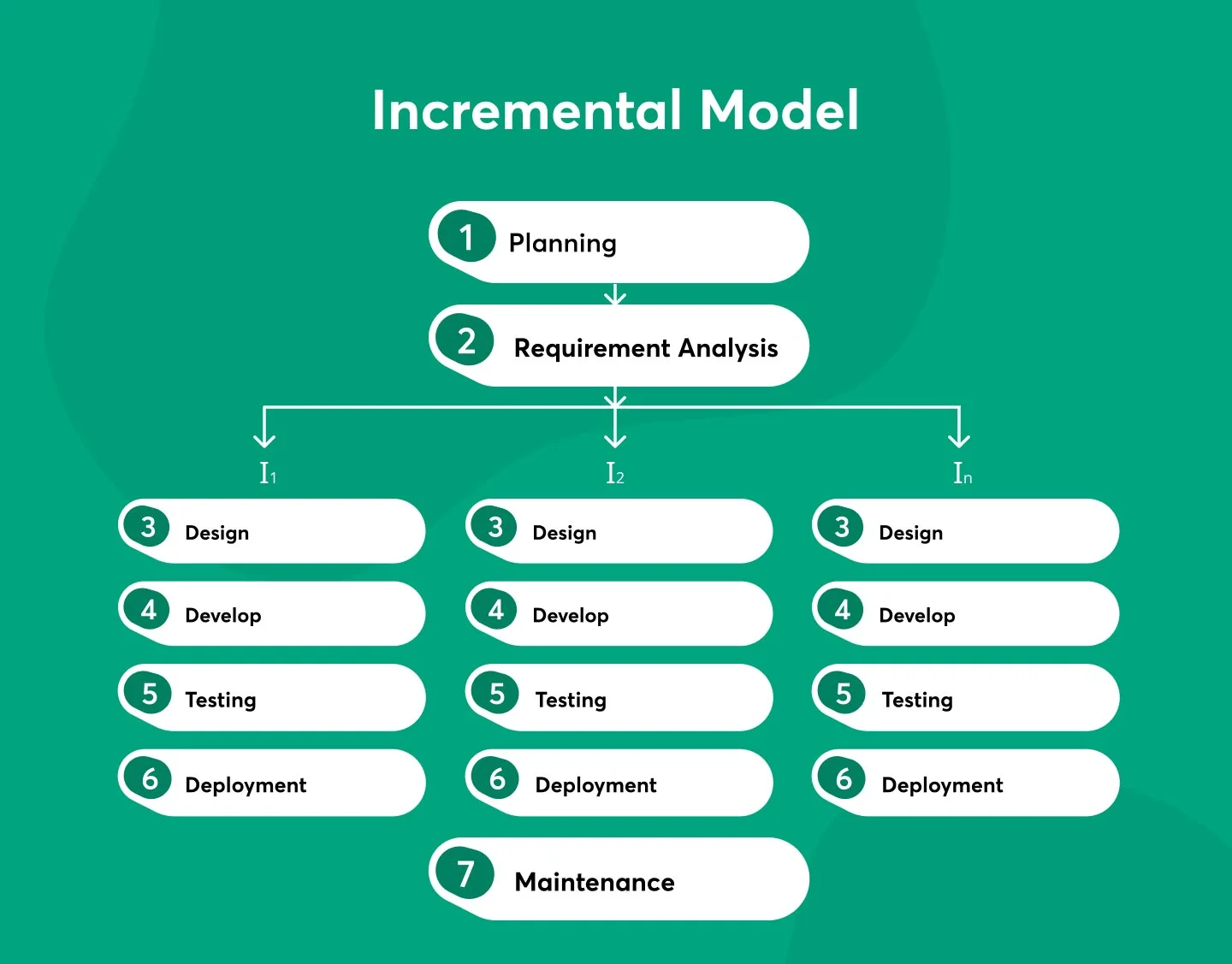
Iterative Model: Key Factors
- The reiterative nature of the Iterative model enables the software to constantly evolve and grow— as even small changes can be made through the process.
- Developers are able to make changes as per their experience from the previous cycles.
- There’s no outline of the project in the beginning; hence the project is likely to get started in no time.
- Although resources may be utilized sooner, as the process is frequently repeated, management becomes way more complex.
- Even after the fact that the cost involved with the changes is less compared to the Waterfall, or V-Model, the Iterative model wouldn’t be an ideal choice for projects where requirements are not stable and tend to change during the iteration.
- Moreover, this model is likely to pose more risks with constant changes, uncertain costs, deadlines, and other resources.
Stages of Iterative Model
Following are the phases of the Iterative model_
- Initiation phase
- Elaboration phase
- Development Phase
- Transition Phase
When to Choose an Iterative Model
Choose to use the Iterative model when_
- Streamlined delivery of essential functionality is required.
- The team members working on the project aren’t familiar with the domain.
- You have huge aspirations for improvements.
V-Model
The V-model, aka, Verification, or Validation model, outclasses the Waterfall model with the addition of an early testing plan. This model of the software development lifecycle, too, is used widely by developers worldwide. Rather than moving down linearly through the stages of software development, the V-Model moves down to the coding phase and then ascends upward, creating a “V” shape.
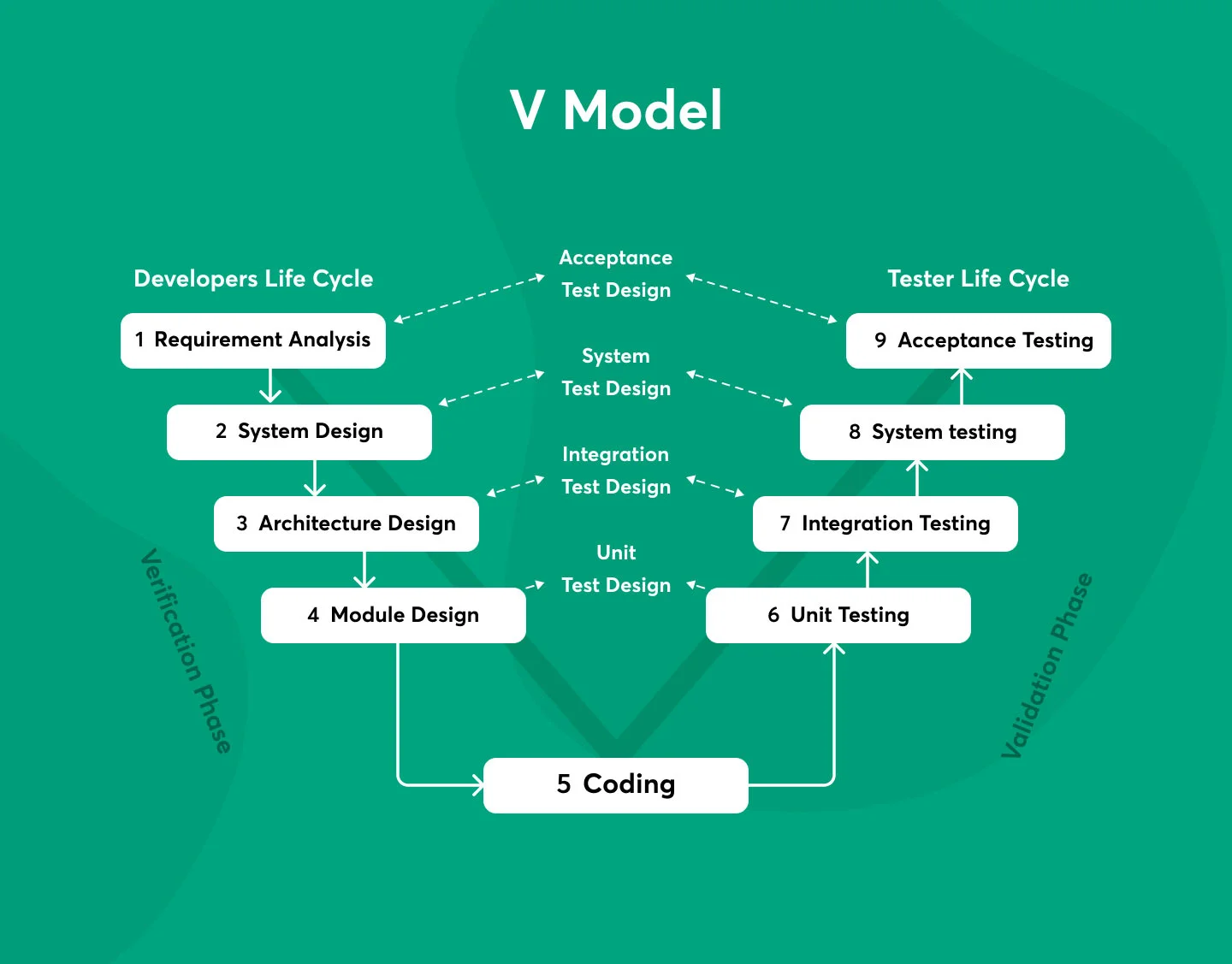
V-Model: Key Factors
- Every development stage consists of a corresponding testing process.
- It enables the development team to find out errors in code, architecture, and requirement specifications early in the project development.
- As there’s no clear path to troubleshoot issues, bug fixing is still expensive and difficult.
- The addition of an early testing plan enables the V-model to be more preferred compared to the Waterfall model.
- However, the V-model, too, is linear; it has a lack of flexibility.
- Similar to the Waterfall model, in V-model, also the developers begin with another stage when the first gets done.
- The V-model may be an ideal choice for short-term projects with fixed, clearly defined, and documented requirements but not for complex, long-term, or ongoing projects.
Stages of V-Model
- Initiation phase
- Elaboration phase
- Development phase
- Transition phase
When to Choose V-Model
Choose to use V-model in the following circumstances_
- When you have the requirements and objectives defined clearly.
- When you have all prerequisites, including technical resources and experts, available upfront.
- When you’re able to tolerate the failure of a developed system.
Prototype Model
The prototyping model is another software development lifecycle model used by developers across the world. It’s centered around scaling the development team’s capability to analyze and understand the client’s needs by crafting prototypes. When developers create a small-scale replica of the software that’s to be built, it’s likely to eliminate misunderstandings and misconceptions prior to the accomplishment of the product.
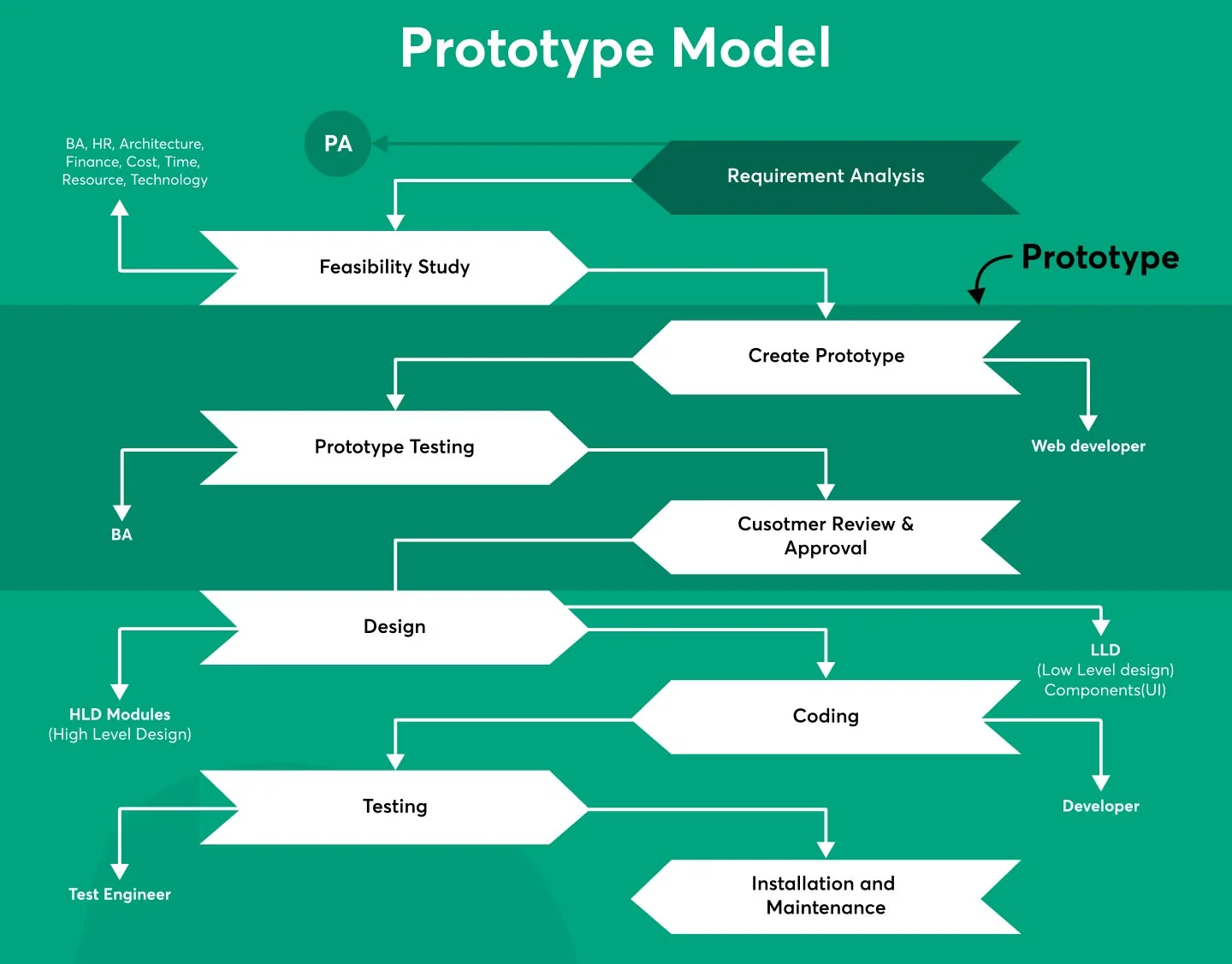
Prototyping Model: Key Factors
- The Prototyping model is likely to mitigate the count of iterations needed for the software development lifecycle because of having customer feedback upfront.
- It saves time and effort and enhances the likelihood of client satisfaction.
- However, it saves time; developers may consume more time creating prototypes.
- In case a client frequently changes their mind, demands many changes, or sometimes impossible changes, it may lead to wasting a massive amount of time.
- When the final prototype is being developed, no requirements or changes will be made to the plan.
Stages of Prototype Model
- Requirements analysis
- Design
- Prototyping
- Initial Evaluation
- Analyzing and refining the prototype
- Software Development
When to Choose Prototyping Model
Choose the Prototype model when_
- Your project requirement is unambiguous, and you know why you need software development .
- The basic functions of your project are yet to be assessed.
- You don’t have fixed requirements and are likely to require changes.
Agile Software Development Methodology
Now, we’ve Agile next on our list. It’s one of the types of software development models that are based on the 12 principles. Agile is more a mindset than a strict protocol. The development methodology was created to yield stupendous software solutions effectively and efficiently compared to the previous models like Waterfall. The model aims for better communication, collaboration, and constant change. There are several Agile models, and here we have Scrum and Kanban.
Scrum Model
Here, we have the Scrum model, that’s the most popular Agile model. In this model, the iterations of software creation are considered sprints. Sprints are up to 1-4 weeklong in which development teams analyze previous sprints, include new features, and prepare for the next sprint. No change can be made after the sprint’s activities get defined.
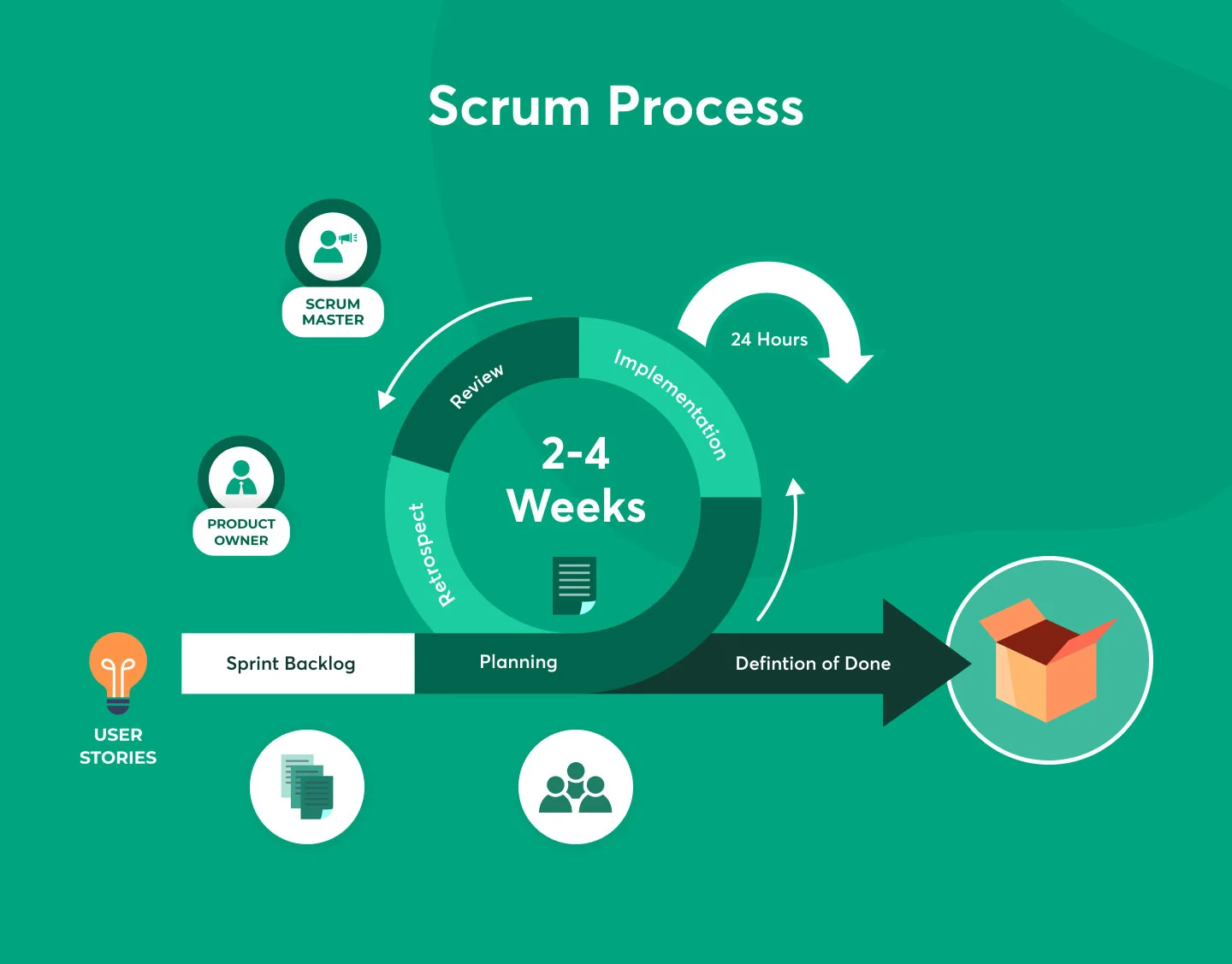
After each sprint, additional new features are added to be coded and tested in the sprint coming next. The process continues to be iterated until all the features get embedded into the software and it’s ready to launch.
Scrum Model: Key Factors
- A next level of collaboration between the cross-functional teams and between the clients and organizations lessens the guesswork and errors.
- Seamless and flawless communication leads to mitigating time spent on troubleshooting errors and enhances the feasibility of the client’s satisfaction.
- The collaboration process may take more time for a client during the procedure.
- The incremental stages mitigate the time to market.
Stages of Scrum Agile Model
- Product Backlog
- Sprint
- Burn down
When to Choose Scrum Model
Choose the Scrum model when_
- You require immediate results.
- A project has a huge amount of ambiguity, and the requirements aren’t defined clearly.
- You need a highly customized software development approach for your project.
Pros of Scrum Methodology
Like agile, scrum is no different. It has both —the pro side and the downside. So, we have simplified this by explaining both separately. First, we shall discuss the pro part of scrum methodology and then will explore the cons.
- Assists you in mitigating unexpected expenses of time and cost.
- Ensures operations in the best possible ways.
- Allows testing of the software product before deployment to find potential flaws.
- Feasibility of changes with reduced time and effort, along with the addition of them to the next sprints.
- Clear and concise sprint meeting agendas.
Cons of Scrum Methodology
The cons scrum methodology is not as stiff as hiring the right developer or development team; the cons can be eliminated. It comes with a few downsides. For example, you need to train your team at an extensive level, while scaling can be a challenge. You may also need to bring significant transformation within your organization.
- Scrum requires proper training and isn’t that easy to scale up.
- Increased chances of failure when individuals fail to cooperate in the way they should.
- <UNK> The lack of a fixed end date creates scope creep.
- Adoption is way more challenging and can be useful only when there’s an experienced team.
- Crucial transformation is needed within the organization.
Kanban Model
Unlike other software development lifecycle models, Kanban doesn’t follow reiterations. In case a team plans for iterations, they are short sprints, sometimes as short as a day. In the Kanban model, a Kanban board with sticky notes is utilized to visually outline the software development project’s details, for instance, project owners, progress status, and the like. The biggest benefit of this is visualization enables the team to concentrate more on the essential features in the development. Moreover, the Kanban board indicates the feasibility of improvements to the features to make it better.
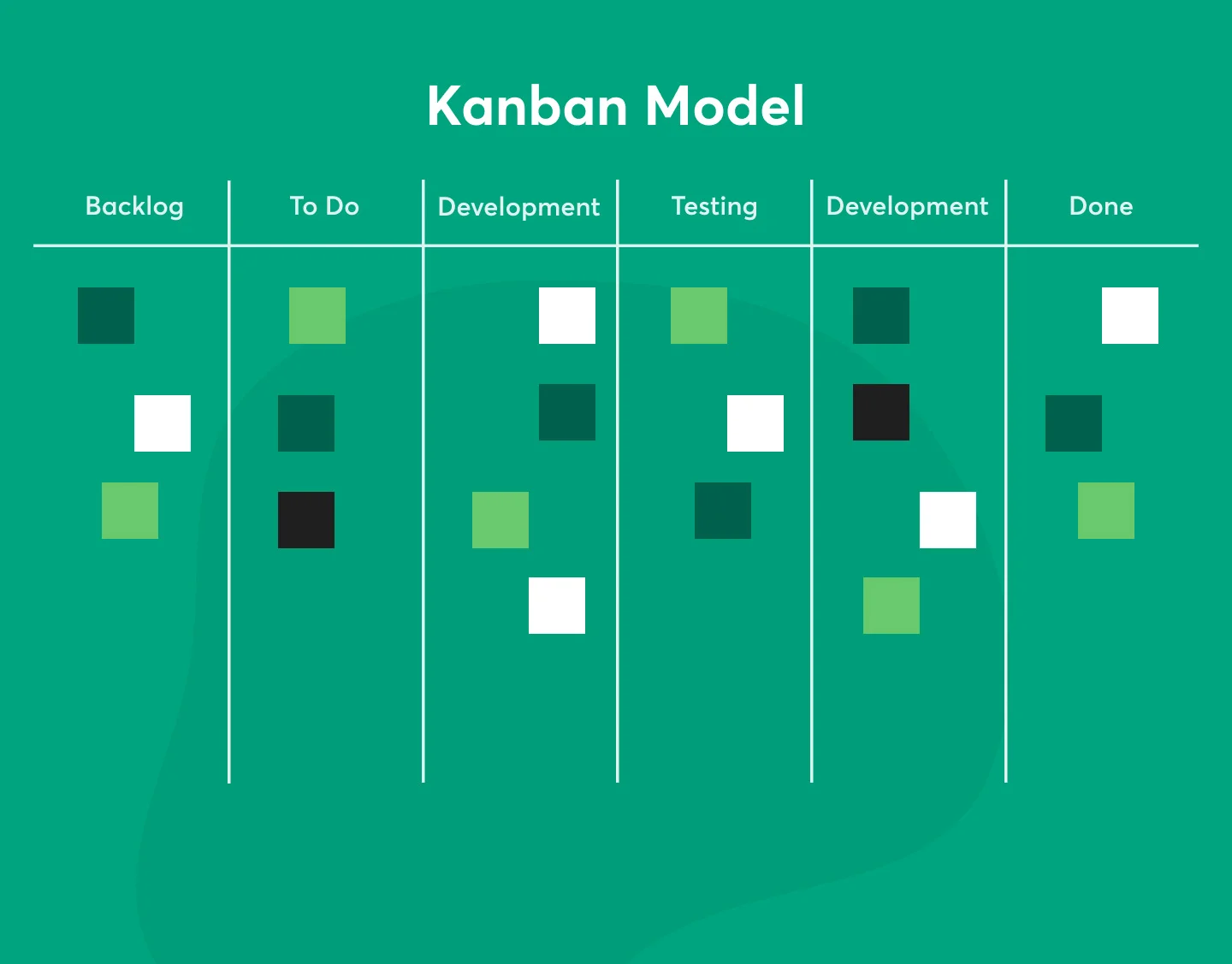
Kanban Model: Key Factors
- The sticky notes trigger the team towards perfecting essential things during software development.
- However, the tricky notes help focus attention on the task at hand; it’s not a streamlined way to maintain the timeframe.
- Planning a long-term project is likely to be difficult.
- Because there’s no set planning stage, changes are feasible to be made irrespective of time.
Stages of the Kanban Model
- Analysis, identification, and explanations of each process that takes place in manufacturing.
- Visualization of the above-mentioned processes, assigning each of them a card and placing it on the Kanban panel.
- After the process is visualized, it becomes essential to identify the issues, like bottlenecks, to revise and streamline them if required.
- Limiting the work process to limit the number of works accomplished to let the employees concentrate on what is necessary.
- Explore, take measurements, and act accordingly, to identify the stages and make essential enhancements to improve them.
When to Choose Kanban Model
Choose Kanban when_
- You need to reduce processes and practices that are unnecessary.
- You require a model that delivers a seamless flow of the software development process.
- Your aim is to improve the system constantly.
DevOps Software Development Methodology
DevOps is another popular software development approach gaining traction because of the benefits it offers to users. The separate procedure for development and operation is no longer as it was at the inception of DevOps. The two departments (development and operation) now function hand in hand as a single process throughout the life cycle. The continuous integration and delivery model enables the development as well as operation teams to conduct everything like software development, testing, and the like synchronously.
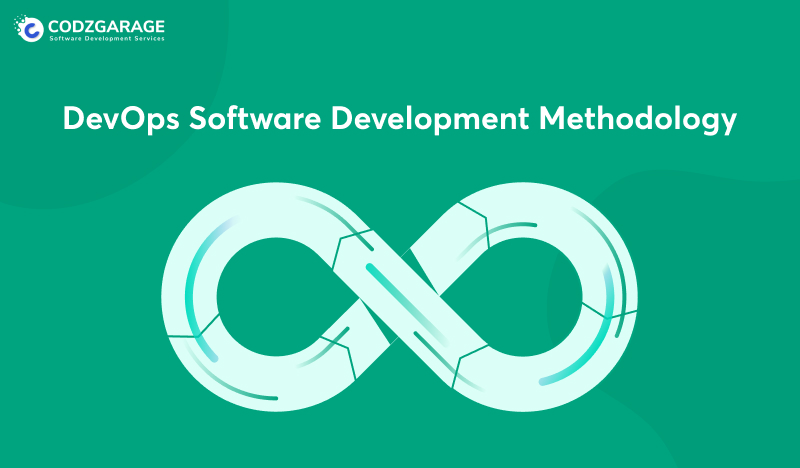
Pros of DevOps Methodology
Faster, better, and smoother product delivery is unimaginable without following DevOps methodology. DevOps are used for quality outputs and they are best suited for scalability and availability. Let’s explore the benefits of using DevOps.
- Automation of repetitive tasks for streamlined innovation.
- Increased visibility into system outputs.
- An excellent work environment and improved product quality
- Appropriate utilization of tools and resources.
- Faster issue resolution.
- Automated development process.
- Automated testing.
Cons of DevOps Methodology
There can be various cons of DevOps methodology, though the two can impact experience. For example, team maturity and competence. Let’s take a look at the downside we have listed here.
- Getting a wide range of DevOps professionals is full of hassle.
- Increased cost and complexity.
- It’s tiresome to transition to DevOps.
- The definition is full of ambiguity.
Final Thoughts:
That’s all there’s to it! The software development life cycle you choose has an immense influence on your project. Hence, you choose it wisely so that you’ll have software built as per your expectations. We discussed the six types of software development lifecycle in detail. This detailed analysis included the types of software development life cycle models, their key factors, stages, and the time when you should choose one.
If you’re someone on the verge of software development, the informations given in this article is going to help you a lot. You just need to go through this article, explore it, and implement one that fits your project the most.
Want to
Hire ReactJS DevelopersOur Expertise
- Skilled to Solve Problems
- 20+ Projects Delivered
- 11+ years of experience




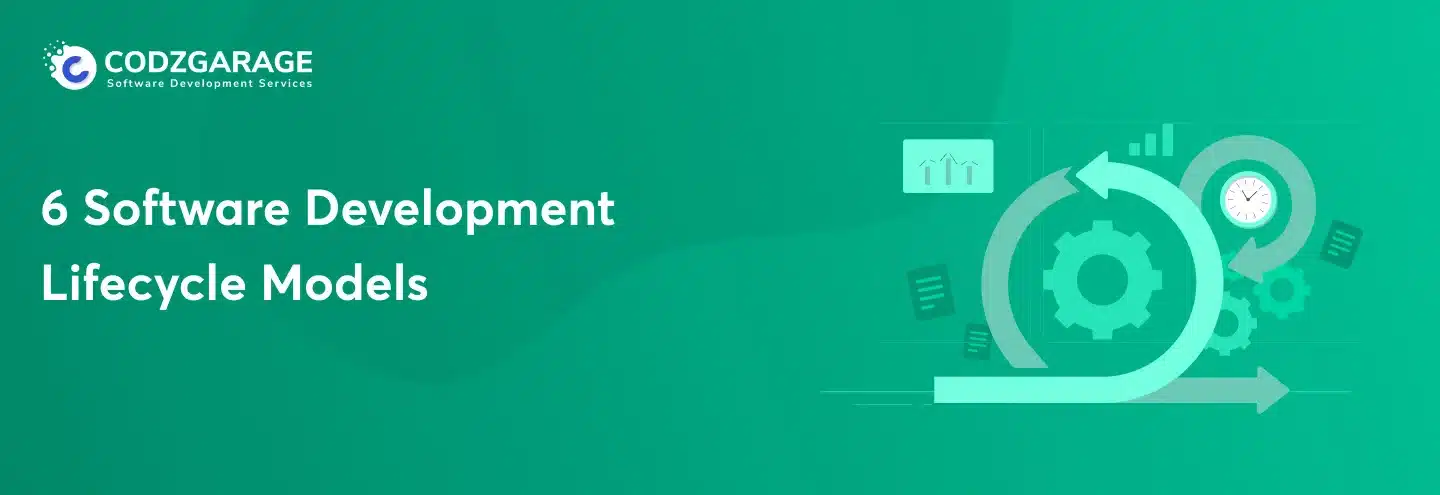

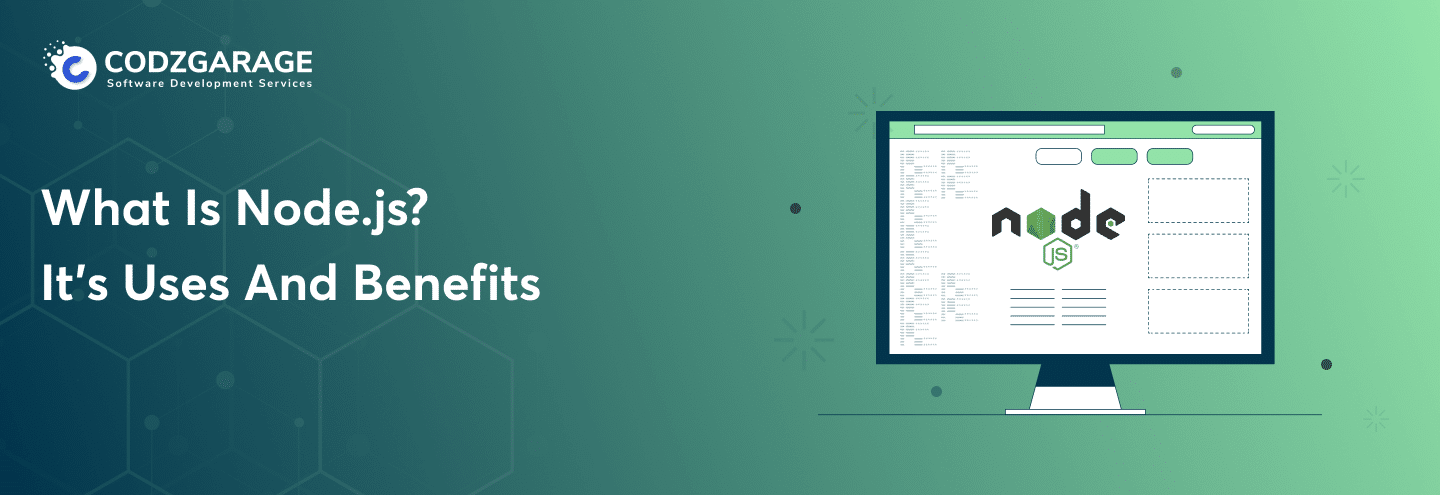
 Kevin Bhut
Kevin Bhut 